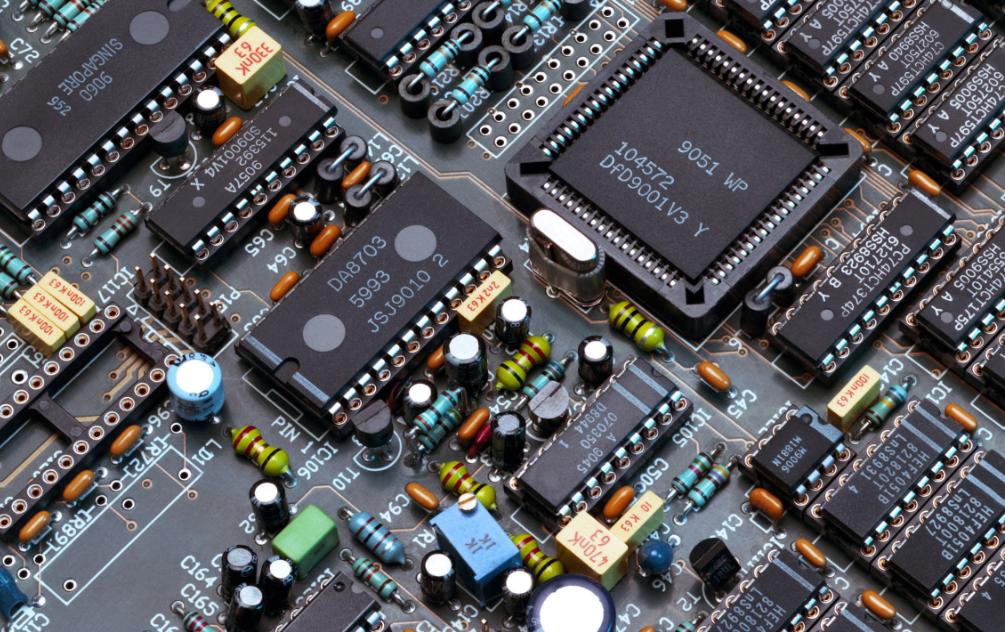In a market flooded with counterfeit and unreliable providers, ensuring the authenticity of an obsolete electronic components distributor is essential. Whether you’re sourcing for legacy systems or specialised projects, working with a trusted distributor safeguards your operations and prevents costly setbacks. But how can you confidently identify a genuine distributor?
Check Certifications and Accreditations
The first step in verifying authenticity is to assess the distributor’s certifications. Reputable distributors comply with international standards, such as ISO 9001, which ensures quality management systems. Accreditations from industry organisations further validate their reliability and commitment to ethical practices. Genuine distributors typically hold these certifications to assure customers that their components meet rigorous quality standards.
Evaluate Their Sourcing Process
A genuine distributor provides transparent details about their sourcing process. They should have a well-documented supply chain and work directly with manufacturers or authorised resellers. Transparency reduces the likelihood of counterfeit components entering their inventory. Moreover, reliable distributors maintain strong relationships with their suppliers and are clear about where and how their components are sourced.
Inspect Their Testing and Quality Assurance Measures
Trusted distributors invest in rigorous testing and quality control processes. Ask whether they conduct inspections, including visual assessments, X-ray analysis, and functional testing, to ensure component authenticity. The presence of robust quality assurance measures indicates a commitment to delivering reliable products. If a distributor can’t provide details about their testing methods, it’s a red flag that their components may not meet expected standards.
Review Customer Feedback and Reputation
The experiences of previous clients can provide valuable insights into a distributor’s credibility. Look for reviews, testimonials, or case studies on their website or independent platforms. Genuine distributors will typically have a strong reputation and a history of positive feedback from satisfied customers.
Ensure They Offer Traceability
Traceability is a hallmark of a reliable distributor. Authentic distributors provide detailed documentation, including certificates of conformity, purchase records, and manufacturer information. This ensures accountability and guarantees that the components meet the required specifications.
Avoid Unbelievable Pricing
If the prices offered by a distributor seem too good to be true, they probably are. Counterfeit or unreliable obsolete electronic parts suppliers often lure buyers with significantly lower costs. While competitive pricing is important, excessively low prices should raise red flags. If a distributor offers prices far below market rates, there’s a high chance they’re sourcing low-quality or counterfeit parts.
Conclusion
Identifying the authenticity of an obsolete electronic components distributor is crucial for safeguarding your systems and investments. By examining certifications, sourcing processes, testing measures, reputation, and traceability, you can confidently distinguish trustworthy distributors from unreliable ones. When sourcing critical components, partnering with reputable suppliers ensures the integrity of your systems and the success of your projects.

